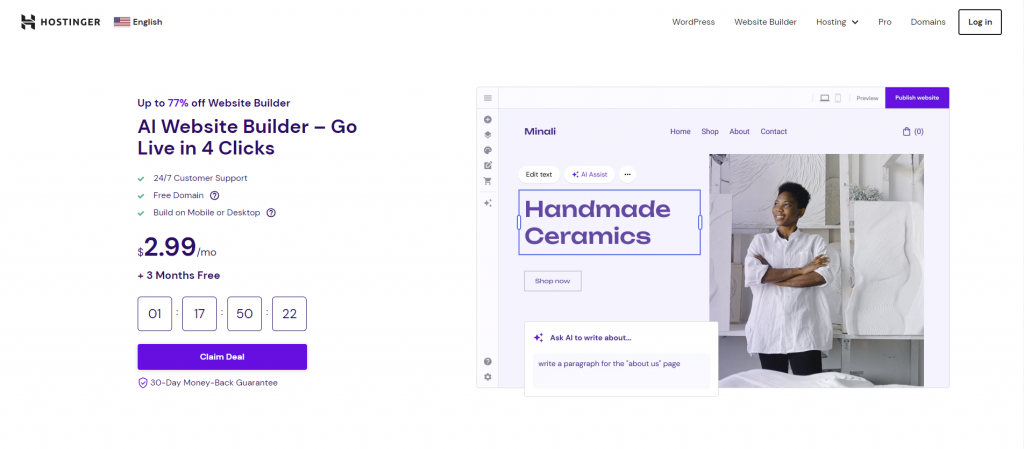Thinking about creating your very own personal website domain? Exciting! Having your own website domain can not only give you a professional online presence, but also provide you with a platform to showcase your work, share your thoughts, and connect with others. Whether you’re a blogger, artist, freelancer, or just someone who wants to have a personal space on the web, having your own domain is a great way to make that happen.
Choosing the Right Domain Name
The first step in building your personal website domain is choosing the right domain name. Your domain name is essentially your online identity, so it’s important to choose a name that is catchy, unique, and easy to remember. Ideally, your domain name should reflect who you are or what you do. For example, if you’re a photographer, you might want to choose a domain name that includes your name or the word “photography”.
When choosing a domain name, it’s also important to consider the domain extension. While .com is the most popular and widely recognized extension, there are many other options available, such as .net, .org, and .io. Depending on your website’s purpose, you may want to consider a different extension that better suits your needs.
Registering Your Domain
Once you’ve chosen the perfect domain name, the next step is to register it. There are many domain registration services available online, such as GoDaddy, Namecheap, and Google Domains. These services allow you to search for available domain names, register your chosen domain, and set up domain privacy protection to keep your personal information secure.
When registering your domain, be sure to check the availability of your chosen domain name on social media platforms as well. Consistency across all your online profiles can help strengthen your online presence and make it easier for others to find and connect with you.
Building Your Website
With your domain name registered, it’s time to start building your website. There are many website builders and platforms available that make it easy for beginners to create a professional-looking website without any coding knowledge. Some popular options include WordPress, Wix, Squarespace, and Weebly.
When designing your website, be sure to choose a theme or template that reflects your personal style and complements your content. You can customize your website further by adding plugins, widgets, and other features to enhance its functionality and user experience.
Optimizing for SEO
Once your website is up and running, it’s important to optimize it for search engines. Search engine optimization (SEO) is the process of improving your website’s visibility in search engine results pages, which can help drive more traffic to your site. This can be achieved through various strategies, such as using relevant keywords, creating high-quality content, and building backlinks.
Additionally, be sure to create a sitemap and submit it to search engines to help them index your website more efficiently. Regularly updating your website with fresh content and monitoring your site’s analytics can also help improve your SEO efforts over time.
Promoting Your Website
Once your website is live, it’s time to start promoting it to attract visitors. You can promote your website through various channels, such as social media, email marketing, and online advertising. Sharing your content on social media platforms, engaging with your audience, and collaborating with other websites and bloggers can help increase your website’s visibility and reach.
Consistently updating your website with fresh content, interacting with your audience, and monitoring your website’s performance can help you build a strong online presence and grow your audience over time. Remember, building a personal website domain is just the first step – nurturing and growing your online presence is an ongoing process that requires dedication, creativity, and persistence.
